Moving on to our fourth post on the greatest NBA players of all-time, here are the best power forwards (three still playing) in NBA history.
Previous Posts – Top 10 Point Guards Top 10 Shooting Guards Top 10 Small Forwards Top 10 Centers
Number 10 – Dave DeBusschere
One of the toughest competitors and best defenders in the league during his days (1962-1974), DeBusschere actually played Baseball for a couple of season with the Chicago White Sox for a couple of seasons, parallel to his budding NBA career with the Detroit Pistons. That pitching career lasted two seasons but gave up throwing fastballs after he was made the youngest head coach in NBA history (24) in addition to playing with Pistons. The stint wasn’t a very successful one. DeBusschere was a much better player than he was a coach, and he won two NBA titles with the Knicks (1970, 1973), made the NBA hall of fame and the 50 greatest ever team. He averaged 16.1 points and 11 rebounds per game in 875 career games, making 8 All-Star games and Six All-Defensive First teams.
Number 9 – Dirk Nowitzki
Image: Source
Yeah, he isn’t going to win a title. So What?! Nowitzki is probably the best European in the history of the NBA, the greatest Dallas Maverick in history and one of the more difficult big men to guard due to his ability to hit shots from almost anywhere. In the midst of his 13th NBA season, going for another 50+ wins seasons with the Mavs which will make them and so believe this is they year they finally do it (and they won’t), Nowiztki has career averages of 23 points and 8.5 rebounds while shooting 38% from three point land. He’s a nine time All-Star and four time All-NBA first team member. He won the MVP in 2007 but got knocked out by the Warriors in the first round of the playoffs that year.
Number 8 – Dennis Rodman
Image: Source
One of the most amazing facts about Rodman’s basketball career is his college days scoring average – 25.7 points per game with Southern Oklahoma State, a division II school. Somehow, that offensive ability didn’t really surface in the NBA, but Rodman had enough defensive ability, athleticism, hustle (when he was happy) and rebounding in him to make this list. Six NBA titles (2 with the Pistons, three with the Bulls), seven consecutive rebounding titles (career average of 13.1), twice defensive player of the year and seven All-Defensive First team selections. His career scoring average, by the way, was 7.3.
Number 7 – Bob Pettit
Image: Source
The first MVP in the NBA’s history and probably the guy who invented the power forward position. Pettit, a two time MVP and one time NBA champions (1958 with the St. Louis Hawks) spent his entire career with the Hawks, playing his first season with Milwaukee (yes, the Milwaukee Hawks). He led the league in scoring twice and was the first player to reach 20,000 points. His career rebounding average, 16.2, is third best all-time, behind only Russell and Wilt. He was an All-Star in each of his 11 NBA seasons and is one of the 50 greatest players in NBA history.
Number 6 – Kevin McHale
Image: Source
One third of the greatest front line in NBA history, McHale played his entire 13 year NBA career with the Boston Celtics, winning three NBA titles. He was a sixth-man at first, becoming a starter during his sixth season, adding more and more post moves to his offensive arsenal, using his agility and long arms to the maximum, referring to the paint as his “torture chamber.” McHale led the league in field goal percentage twice, shooting over 60% from the field in those years. He made seven All-Star games and was a three time All-Defensive First Team. He won two Sixth Man of the year awards and is a part of the 50 greatest players ever team.
Number 5 – Elvin Hayes
Image: Source
Part of the Washington Bullets’ only NBA title team (1978), Hayes, who played in the NBA for sixteen seasons with career averages of 21 points and 12.5 rebounds per game and is one of the top 10 players in NBA history in scoring and rebounding. He is the last player to win the scoring title as a rookie (28.4 points in 1968-1969) and led the league in rebounding twice. He made 12 All-Star games and 3 All-NBA first teams and is part of the NBA’s 50th Anniversary All-Time team.
Number 4 – Charles Barkley
Image: Source
6’6 or 6’5, It really doesn’t matter. One of the greatest rebounders in NBA history despite not possessing the height usually expected from the position he played and one of the few MVP’s (on a potentially growing list) who retired without a title. His strength, aggressiveness and Basketball IQ made up for inferior height. Barkley averaged over 10 rebounds a game in 15 of his 16 NBA seasons, finishing with 11.7 in his career, leading the league once. Barkley won his only MVP in 1993, leading the Suns to the NBA finals against the Bulls, losing in six games. He made 11 All-Star games and five All-NBA first teams, making the NBA’s 50 greatest ever team.
Number 3 – Kevin Garnett
Image: Source
A gift Kevin McHale sent to Boston that led them to their first title in 22 years, Kevin Garnett seems to feel right at home with the Celtics and relish the Bad-Guy/Trash Talker role he’s been playing since arriving from the Timberwolves. The man who pretty much WAS Minnesota Basketball for a decade won one MVP in 2003-2004, leading the ‘Wolves to Conference Finals, the only time he made it out of the first round until arriving at the Northeast. Garnett led the league in rebounding four times, a 13 time All-Star, Four time All-NBA first team member, 8 time All-Defensive First team and a lock for the hall of fame after he retires. He will go down as one of the more complete and versatile power forwards in the history of the game and one of the greatest defenders ever.
Number 2 – Karl Malone
Image: Source
Best NBA player to end his career without a title? Just might be. 19 NBA seasons, three NBA finals, two time NBA MVP, 13 time All-Star, 11 time All-NBA first team, 36,928 career points (25.0 per game), second one the all-time list, part of the 50 greatest ever and a recent inductee into the hall of fame, made the playoffs on each of his 19 seasons, a symbol for fitness and work ethic (played 80+ games on 17 of 19 seasons. In 1998-1999 played 49 due to the strike), one of the greatest low post, if not the best, in NBA history. No NBA title.
Number 1 – Tim Duncan
Image: Source
Most boring player on this list? Maybe. But still, Duncan is the greatest ever in the PF position, despite not being too consistent these days. After four years at Wake Forest, the best player in College basketball quickly became on of the best players in the league, helping David Robinson retire with two NBA titles he never would have won without Duncan and along with Kobe Bryant deserves to be named player of the decade (2000-2009). His ability to play as a pivot, his moves in the post and his ability to use the glass and hit the mid range jumpers made him unstoppable offensively before his legs started slowing him down. Four NBA titles right now (this season looks good so far), 3 time Finals MVP, two time NBA MVP, 12 time All-Star, nine time All-NBA first team and Eight time All-Defensive First team (2.3 blocks per game in his career). In short, played the position better than anyone else on both ends of the court.
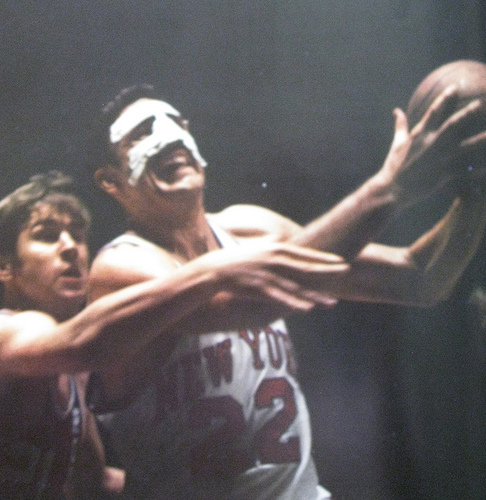

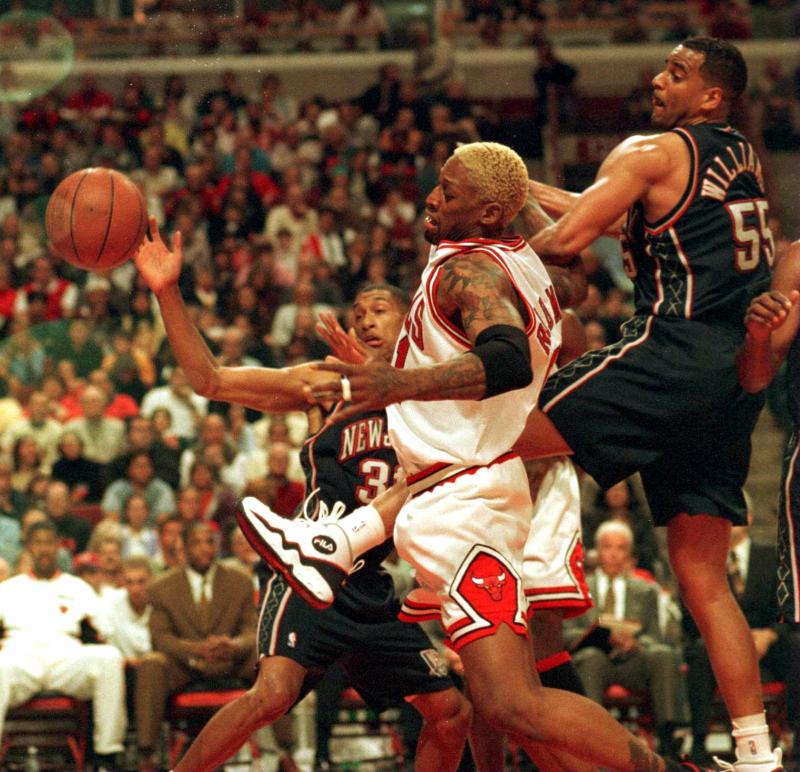

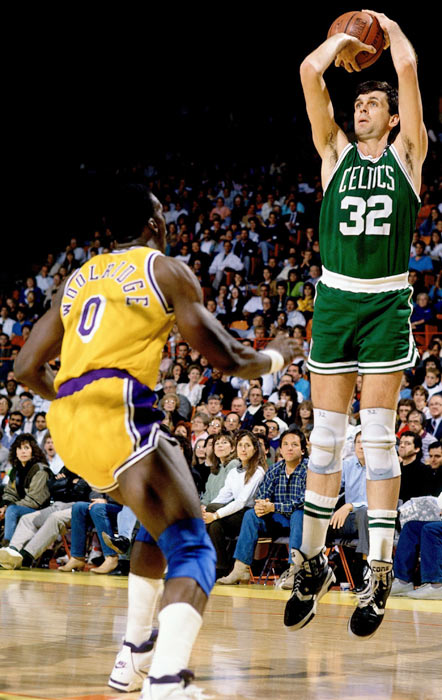
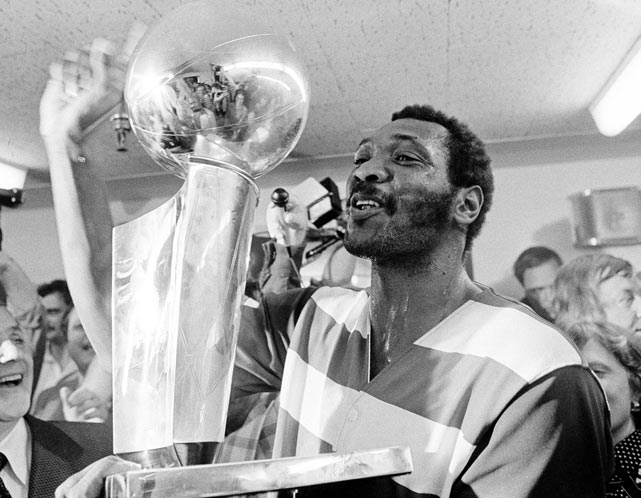
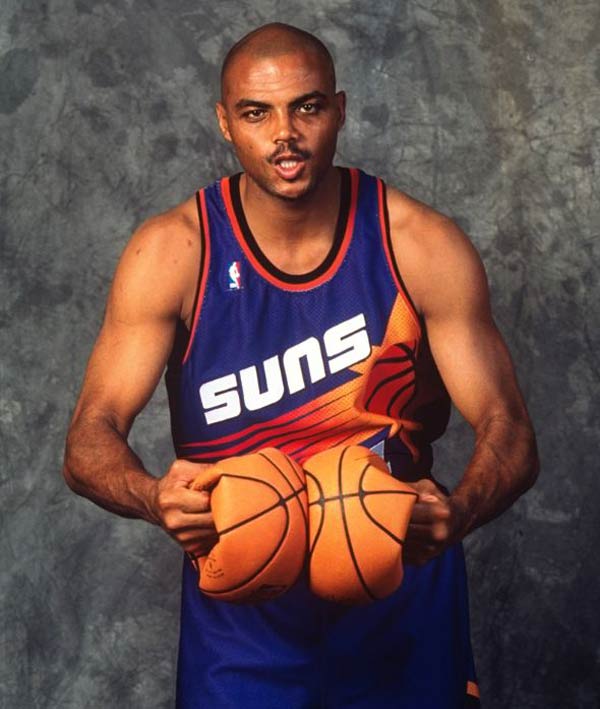
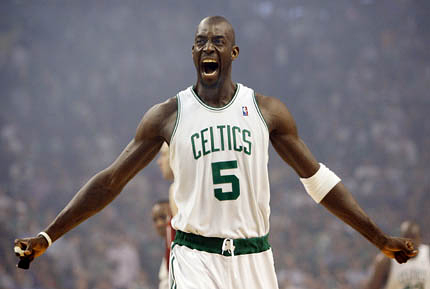

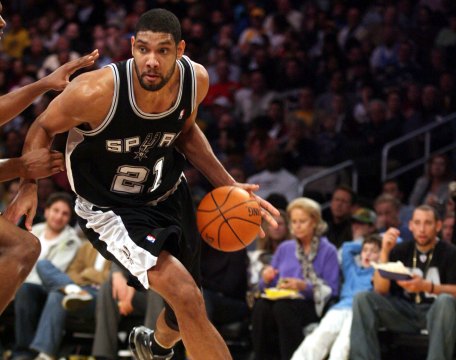
11 responses to “The NBA’s Top Ten Power Forwards of All Time”
[…] The NBA’s Top Ten Power Forwards of All Time […]
[…] This post was mentioned on Twitter by Ehud Riven and Muhamamd Asif, Arslan. Arslan said: RT @Gerakis100: The NBA’s Top Ten Power Forwards of All Time http://bit.ly/exXd73 […]
[…] Sportige […]
[…] Sportige […]
[…] Sportige […]
[…] The NBA’s Top Ten Power Forwards of All Time | Sportige […]
Karl Malone is my no.1 and Nowitzki should also be in the list
Guess youre gonna have to swallow that guff about Nowitzki now huh? He’s at worst number 3 on this list.
dirk is definitely the most unique pf and now might be in the top three
“Yeah, he isn’t going to win a title. So What?!”, ” In the midst of his 13th NBA season, going for another 50+ wins seasons with the Mavs which will make them and so believe this is they year they finally do it (and they won’t)”… this is probably reason enough this article isn’t something to take seriously.
ARE YOU ALL INSANE???????????? Charles Barkley at number 4!! If he isn’t number 1 he is at least 1B along with Duncan. I don’t want to hear anything about championships, he would have one if he had played with, Pierce, Allen, Stockton, Robinson, Parker, Genobli. At 6’5 he dominated the paint while being the same size as the average 2 guard.